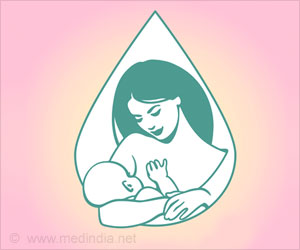The Birmingham Children's Hospital doctors warn that children playing football are at risk of developing toxic shock syndrome from blisters caused by football boots.
The Birmingham Children's Hospital doctors warn that children playing football are at risk of developing toxic shock syndrome from blisters caused by football boots .
According to the British Medical Journal most cases of toxic shock syndrome in the UK have been attributed to tampon use. The condition is rare in children. However if misdiagnosed or left untreated, liver and kidney damage can result with fatal results.The syndrome is caused by the bacteria staphylococcus aureus, a bacteria that is normally found living harmlessly on the skin. The toxin released by the bacteria on entering the blood stream sets off the syndrome.
As to what triggers the bacteria to produce the toxin is yet unknown. Initial symptoms are often flu-like or may instead involve a rash and diarrhea.
The Birmingham doctors cite two cases of children having developed toxic shock syndrome following blisters developed due to football boots.
The first case involves a 13-year-old girl who developed friction blisters over the heels of both legs after playing a competitive game of football in new boots.
After developing symptoms such as fever, abnormally low blood pressure, rash, vomiting and diarrhea, she was admitted to a local hospital. On further examination blisters about 2cm in diameter were seen over each of her Achilles tendons. Diagnostic tests revealed the presence of the bacterium Staphylococcus aureus carrying the toxic shock syndrome gene, in the blister. She recovered following treatment with antibiotics.
Advertisement
Mark Taylor, a consultant at Birmingham's Children's Hospital and author of the report said: ‘These cases show that the syndrome may follow relatively trivial skin trauma.








